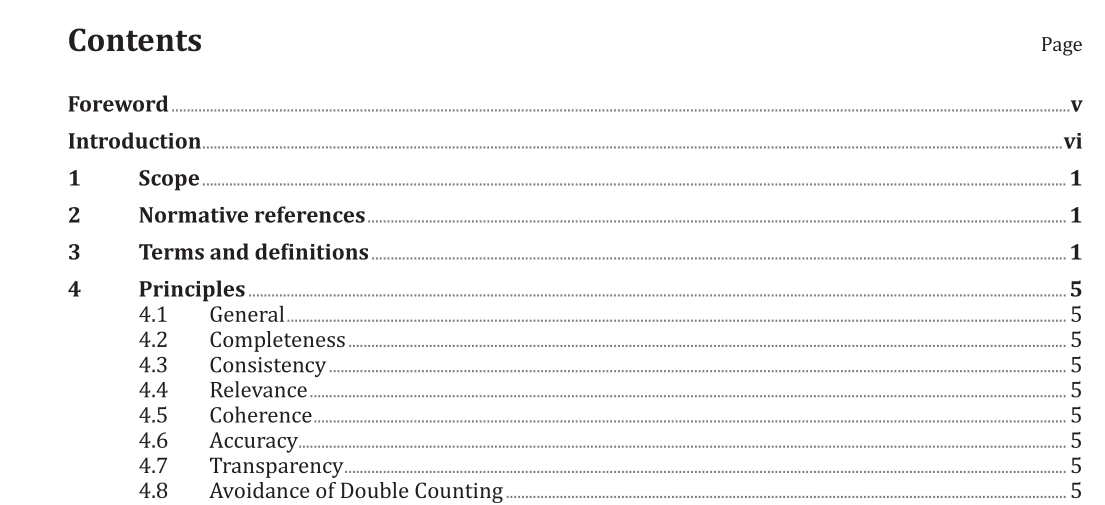ISO 16745:2015 pdf download.Environmental performance of buildings — Carbon metric of a building — Use stage
1 Scope
This International Standard provides requirements for determining and reporting a carbon metric of an existing building, associated with the operation of the building. It sets out methods for the calculation, reporting, communication, and verification of a set of carbon metrics for GHG emissions arising from the measured energy use during the operation of an existing building, the measured user-related energy use, and other relevant GHG emissions and removals. These carbon metrics are separated into three measures designated CM1, CM2, and CM3 (see 5.1.1). This International Standard follows the principles set out in ISO 15392 and those described in Clause 4. Where deviations from the principles in ISO 15392 occur, or where more specific principles are stated, this International Standard takes precedence. The carbon metrics CM1 and CM2 are not quantified based on life cycle assessment (LCA) methodology. Carbon metric CM3 may include partial quantification based on the results of LCA. This International Standard does not include any method of modelling of the operational energy use of the building but follows the conventions provided by other International Standards, as given in relevant clauses. This International Standard is not an assessment method for evaluating the overall environmental performance of a building or a building-rating tool and does not include value-based interpretation of the carbon metric(s) through weightings or benchmarking. This International Standard deals with the application of the carbon metric(s) for an existing building, either residential or commercial, or a building complex. It does not include provisions for regional and/or national building stock.
NOTE 1 There are some usable databases as officially agreed (approved) GHG emission coefficients (see References [14], [15], [16]). NOTE 2 GHG emission coefficients for each fuel type may be the same as those used under national reporting for flexible mechanisms for the Kyoto Protocol for the six major greenhouse gases. NOTE 3 Because some officially agreed (approved) GHG emission coefficients are based on default emissions, they may not necessarily reflect the specific types of fuel combustion and emissions control technologies at each building. NOTE 4 Additional geographically- or technologically-specific GHG emission factors may result in more accurate calculations and can be used as long as they are credible and as long as the sources are documented and reported. NOTE 5 For certain sources, GHG emissions may be calculated in different ways to accommodate differences in the type of GHG activity data available to individual reporting offices or to help ensure that the calculations are as accurate as possible. NOTE 6 For international carbon trading mechanisms (such as the Clean Development Mechanism), it is recommended that the source of the GHG emission coefficient(s) be the internationally agreed sources appropriate to the fuel that is being consumed and the technology used for the energy carrier.
ISO 16745:2015 pdf download
